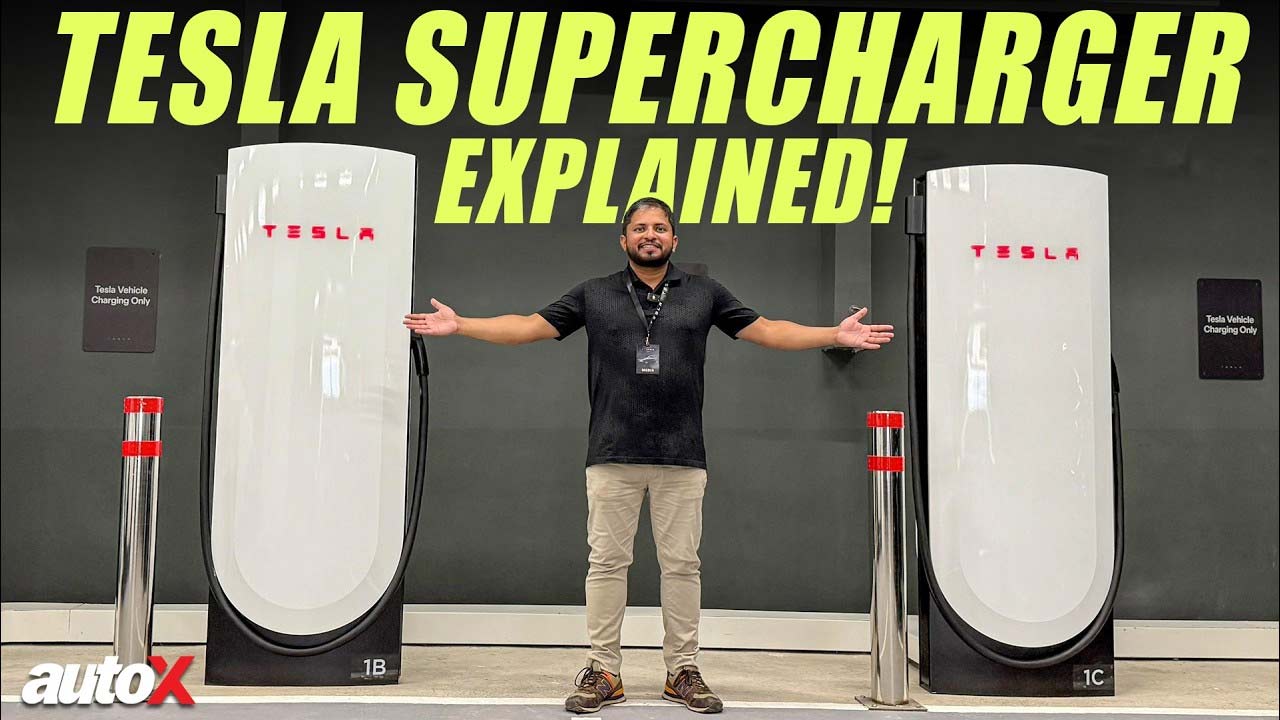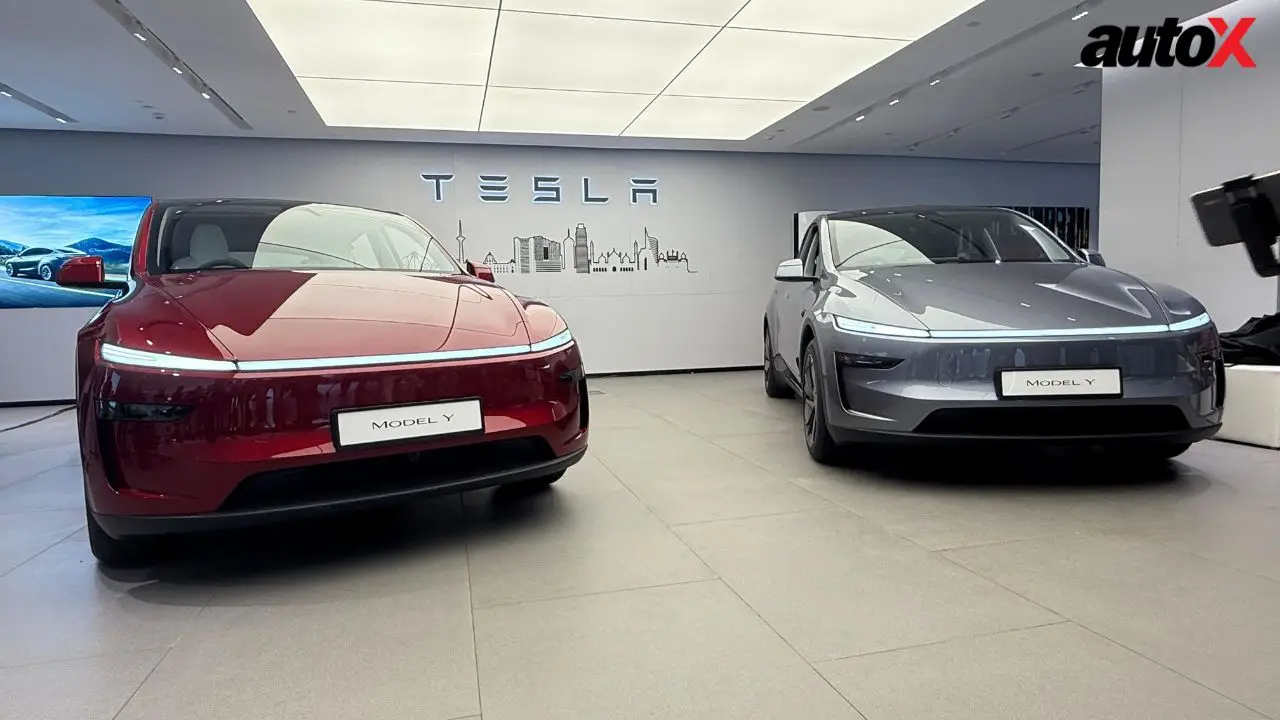Tesla's Autopilot system comes under scrutiny
One of the technologies that has received the most hype in a Tesla Model S of late has been its Autopilot or autonomous mode. But now it comes under
By Ishan Raghava
One of the technologies that has received the most hype in a Tesla Model S of late has been its Autopilot or autonomous mode. But now it comes under serious scrutiny after a fatal crash that really ought to have been avoided.
The latest buzzword over the past few years has revolved around the eventual arrival of self-driving or ‘autonomous’ cars. Not just carmakers, but, understandably, customers have been eagerly anticipating the arrival of such vehicles. And looking at the traffic in most urban centres, it’s not hard to understand why a majority of the populace would prefer self-driving cars for their commute.

Most of the large manufacturers have been working on autonomous technologies for some time – as have some of the largest tech giants, such as Google and Apple – but most of these companies see the technology as being too nascent to offer to customers in its current form. Not only is the technology yet to be fully developed, but there are larger legal issues that need to be addressed before we can expect fully autonomous cars roaming our streets. And, of course, the road infrastructure will also need significant upgrades to make the roads suitable for autonomous driving – not just in India (which is a long way off), but across the world.
However, these challenges didn’t stop Tesla Motors from offering its ‘Autopilot’ mode, which allows the driver to hand over control to the vehicle – which can accelerate, decelerate, and even change lanes – without inputs from the driver. And while Tesla offers a disclaimer to customers, the company never really stressed on the fact that the technology was still in Beta mode and the driver must always be ready and alert to take control of the vehicle.
This has come into question following a recent fatal crash, which has been attributed to the failure of the Tesla ‘Autopilot’ system – as it failed to detect a large truck turning in front of the car. The systems didn’t engage, and the car went straight into the side of the truck. The initial reports indicate that the driver had completely let go of the controls, putting his Model S in ‘Autopilot’ mode. Some rumours have even begun to emerge that he may have been watching a movie on his laptop. This news was quickly followed by reports of at least two other crashes – and, in each instance, the common thread seems to be willingness of drivers to completely let go of the controls.

Despite being aware of these accidents, Tesla Motors took it’s own time to provide any additional warnings to its customers regarding use of this technology. It was only when NHTSA (the National Highway and Transportation Safety Authority in the US) launched an official investigation into the crash that the company decided to update their users about the dangers of not concentrating on the road when operating their Tesla in ‘Autopilot’ mode.
While one could accuse the manufacturer of short-sightedness, the fact is that even by Tesla’s own admission the current autonomous abilities offered by cars are simply not safe enough for drivers to give up complete control to the many ECUs and sensors in their automobile. Mainstream manufactures make it a point to make this clear, which is something that Elon Musk and his early adopters may have chosen to ignore in their hubris.
Of course, on a holistic level, there’s also the question of the legal and policy aspect of autonomous driving. For example, if an autonomous car hits a group of pedestrians, who will be held responsible – the car manufacturer or the car owner? While those questions are yet to be answered, there’s no doubt that these recent events will make manufacturers, policy makers, and, of course, customers considerably more weary of this technology. At any rate, requisite safeguards need to be taken to ensure that such accidents don’t happen in future.
LIDAR vs. RADAR:

According to Tesla, the fatal crash in question took place because the white truck was indistinguishable against a bright white sky to the radar-equipped camera on the Model S, preventing the vehicle from detecting the presence of the truck – a grave error under the circumstances, and one that highlights the technological limitations of current radar technology. While Tesla has repeatedly sworn by radar technology, most large manufacturers working on autonomous cars seem to be concentration on LIDAR technology as well, which offers superior obstacle detection capabilities – as well as higher degrees of computing power. There are a few compromises with LIDAR technology though, such as its failure to work in snow or fog – as well as the large physical size of the equipment. But, given the pace of development, most companies seem to think that within a few year’s time the technology will develop enough to make LIDAR devices smaller and easier to integrate into automobiles – not to mention more affordable as well. And so, as the recent crash demonstrates, we’re still some way off before seeing a truly autonomous production car on our streets and highways.






